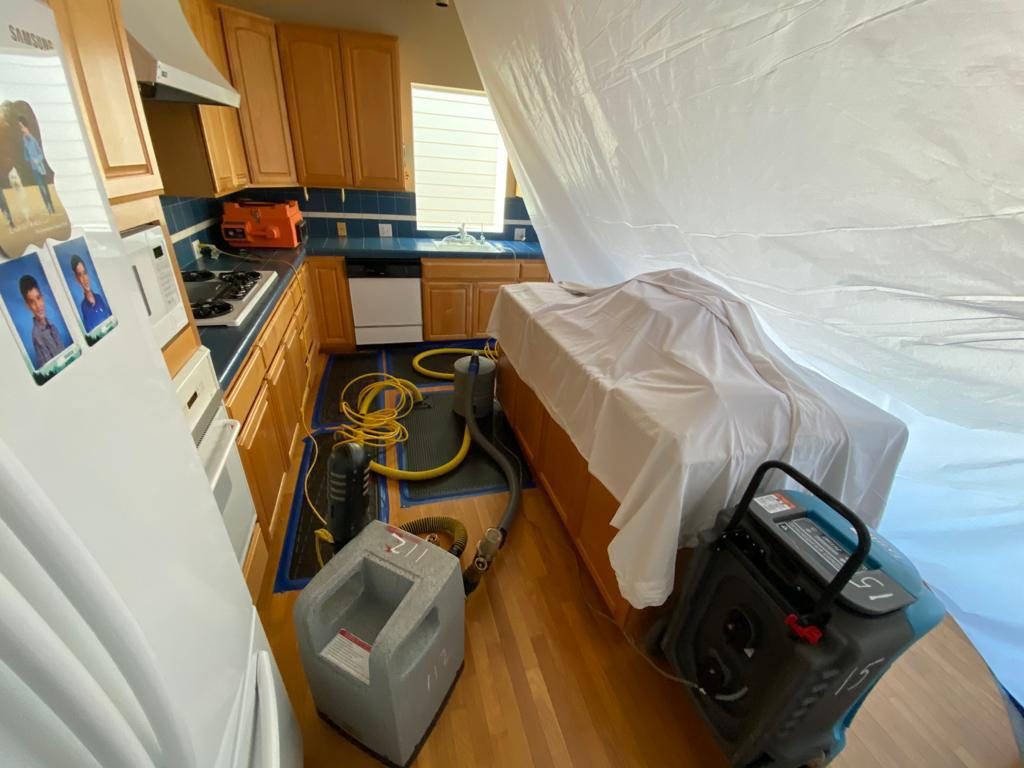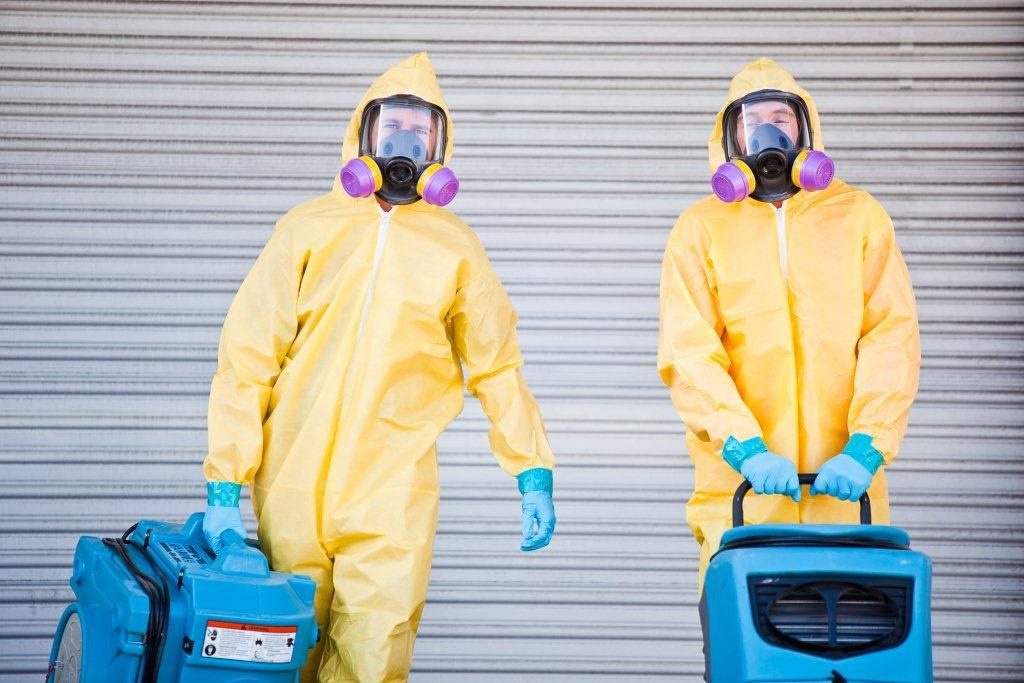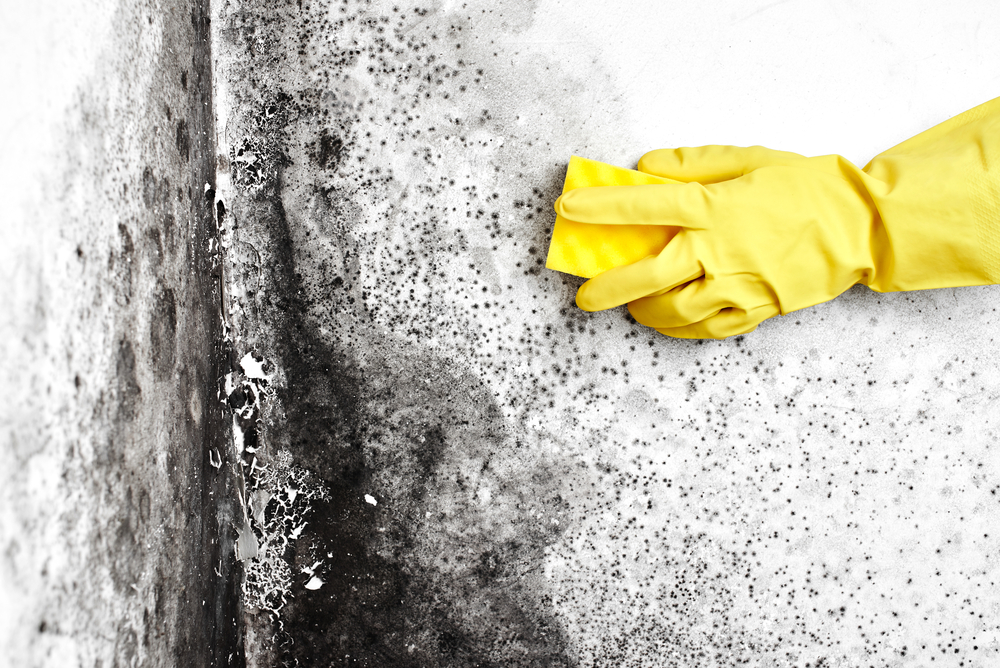The Definitive Guide to: Water Damage Restoration
Water Damage Restoration Steps
Water damage may seem like a minor problem for some, but when this is left untreated, it becomes a more significant hazard for individuals, so they must take action immediately. Bacteria, viruses, and mold growth best grow in moist areas, so it is crucial to seek assistance from professionals rather than do the restoration yourself.

Water Removal
The first step to water remediation is the extraction and removal of standing water with the use of vacuums and pumps. Smaller items may be pressed and squeezed to remove water whereas accumulation of water may occur in carpets and drywall, so this may call for replacements to prevent the extensive development and growth of mold.
Drying
In this step, the use of air movers and dehumidifiers helps in the drying process of materials. Smaller items can be dried with the use of a dryer or any drying machine. It is imperative to ensure that all the materials are thoroughly dried in order to restore them to their previous and best conditions.
Cleaning and Sanitizing
The next step to water damage restoration is the cleaning and sanitizing. Now, this is not the same cleaning and sanitizing that you do to your house every day. Disinfectants and antimicrobial treatments are used to remove and prevent the spread of harmful bacteria in the surroundings. Some belongings and furniture require special cleaning techniques so as not to damage the material any further. Air scrubbers are sometimes used to clean and filter the air to remove foul odors around the area; hence, it is recommended to seek assistance from experts since they have all the necessary equipment, skills, and knowledge to perform this procedure.
Restoration
The last and final step is restoration where the remediation team will do their best to return the damaged materials to their pre-loss condition. Restoration projects may depend on the amount of impairment the water damage has brought. Most of the time, simple repairs are done such as carpet cleaning or drywall repair however, there are cases where restoration is extensive and requires complete reconstruction in some areas of your home or establishment.
Inspection Specifics
The inspection in water remediation refers to the class of water damage and category of water. The extent of water damage is described by four classes while the level of contamination is described by the category of water.
These specifics are followed by the remediation team and this helps them determine the type of restoration that they need to do. This also helps them prevent the spread of bacteria, virus or other illnesses that might come from water contamination.

Category of Water
Category one means that water came from a clean source such as a water fountain, bathroom or sink. Category two comprises water coming from washing machines or dishwashers which has detergents and other potentially hazardous products mixed with it. This is also called “grey water”.
Next is category three which is the most dangerous. The water in category three comes from a dirty water source such as a sewer system or flood incident. Restoration teams might need to wear protective gear such as hazmat, gloves and boots when addressing this type of water damage. It is also important to keep in mind that categories of water damage may change over time such as category one may shift to category three in just a matter of 48 hours.
Class of Water Damage
The first class refers to the minimal amount of damage the water has caused while class four is the most extensive and destructive. However, class three is more dangerous than class four since the water came from a dirty source and water also comes from the ceiling and the floors.
Mold Damage
Any infrastructure that has suffered water damage is at risk for mold growth due to excess water and moisture. Molds present potential risks not just for your home or establishment but also to your health so it is important to act upon the problem as quickly as possible to lessen long-term risks and to improve the quality of air.
Acquiring help and assistance from professionals is important because they can provide you with accurate assessments and restoration processes to ensure mold removal and the prevention of mold development. Identifying and spotting early signs of mold development is essential in preventing mold damage. This is also key to avoiding danger and preventing larger problems such as health issues.

Mold Removal
Some people are misinformed about mold and they don’t consider it as a problem however, this poses threat to our health. Molds can cause respiratory diseases to family members especially when it is not treated immediately.
Understanding which type of mold is growing inside your home is important in order to know what is the best treatment for it. In order for mold to not grow back, first, we must do things right the first time, next is to act upon it immediately.
Conclusion
To conclude everything, water damage may be foreseen by most people as an inconvenience rather than a problem and they will tend to act upon it much later. Doing so may cause more problems that may pose potential risks to the safety and health of homeowners and family members. It is imperative to seek help and assistance from water restoration experts in order for you to get the proper and high-quality care that you need. This is also to prevent further damage to your equipment and to acquire possible restoration to its pre-damaged condition. Disinfecting and sanitizing after water damage is essential to prevent the development of diseases and the formation of much bigger problems. Furthermore, experts can also help with mold problems such as determining the type of mold and what type of treatment does it need in order for it not to grow back. Leaving molds untreated may cause health problems especially to those family members who already have an existing respiratory disease such as asthma.
